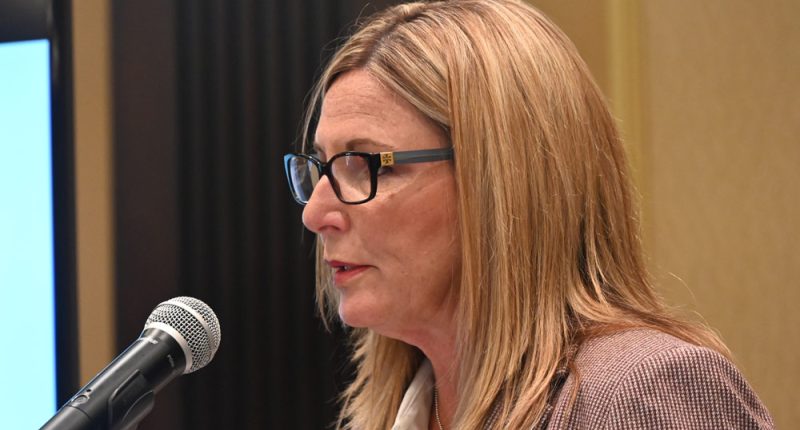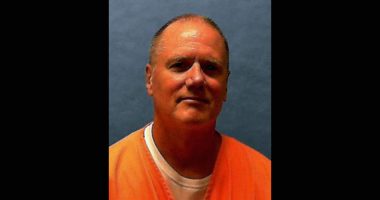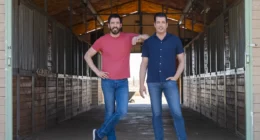
Since last week Flagler County Administrator Heidi Petito has been presenting to all local city governments a resolute financial plan that would make county government responsible for rebuilding and maintaining all 18 miles of beaches. Her last stop was to be Beverly Beach this evening.
The $114 million plan would draw on a variety of sources, the bulk of them county revenue. The only additional tax–the heart of the proposal and its most politically volatile part–would be a new half-cent sales tax, with Palm Coast and Bunnell ceding half the new revenue to the county for beach management. Flagler Beach and Beverly Beach would cede all the revenue to the county.
Until this afternoon, the Plan Petito developed with Deputy Administrator Jorge Salinas had not formally been before the County Commission, nor did the public have more than general ideas where commissioners stood on it–or whether they even endorsed it. The commission had directed Petito to come up with a plan, but was using her tour around the cities to test its viability.
Now it’s clear: four county commissioners–Andy Dance, the chair, Greg Hansen, Pam Richardson and Kim Carney–gave the plan their blessing in principle today and gave Petito their consensus that she may now develop a public campaign to win support. Commissioners did so with the understanding that, the sales tax proposal aside–which cannot be tweaked like other portions of the plan–it is still a work in progress. But on the whole, they feel it is a sound, workable plan, and they want the cities to endorse it in turn so it can be enacted in 2027.
Today’s endorsement was not a vote for the plan. That’s ahead, and it’s not certain. That vote depends on Palm Coast’s support. Without Palm Coast, the plan dies. It’s that simple. So far Palm Coast has been unenthused, even though it stands to increase its sales tax revenue by $2.7 million if it signs on.
There was also an exception among commissioners: Leann Pennington. She was absent today. Her husband has been gravely ill and she was with him in hospital. But in a phone interview she said that while she supported parts of the plan, she was not supportive of the sales tax proposal. That’s not fatal to the plan. If her position holds, the commission, based on its comments today, would still have the necessary 4-1 majority to enact the sales tax increase. The last time the commission enacted the existing half-penny sales tax, in 2012, it did so on a 4-1 vote. But it’s one more razor’s edge Petito has to walk.
“There’s a lot of people that are saying, thank you for doing the heavy lifting, this is something that needs to be done, and somebody’s got to do it,” Dance said. “And it’s been a lot of work. Heidi and Jorge have put months and months of work into an analysis of trying to figure out a fair and equitable” plan. He said flexibility was built into it for the municipalities.
Dance spoke about the catch-22 the county faces. It drew an immediate push-back when it first proposed a funding plan last summer, because the impression among the cities was that the county was imposing the plan. Palm Coast rejected the plan, saying the county had to approve the plan first. “But the problem is, when we do it first and we present it to them, it’s looking like we’re forcing it on them,” Dance said. “So you have to balance the feedback versus being too forceful. And the second attempt was asking for feedback instead of being forceful. So eventually this will come to us, but we need to know if we’ve got dancing partners.”
That’s why Petito crafted the current plan and its rollout as she did.
The commission majority’s strong endorsement of the Petito plan removes a vulnerability the cities could have used against it, and did, when they last met with the county at a joint government meeting in February to discuss beach management. At that meeting, Palm Coast and Beverly Beach said they wouldn’t spend a cent of their revenue on the beach, while county officials kept saying they had a plan without producing it. That gap has been filled. The governments meet jointly again on March 12, now presumably fully informed of the plan’s details.
The Flagler Beach City Commission holds a workshop this week to determine how it will respond to the plan, after a relatively warm reception when Petito presented it last Thursday. Palm Coast was less receptive, pushing for a referendum on the sales tax.
The county is not proposing a referendum. “We’re not going to have time for a referendum on this,” Carney said. The County Commission would approve the increase in a supermajority vote (a vote that garners at least four of the five votes). The cities would only have to approve joint agreements by simple majority. The joint agreements–or interlocal agreement: each city would have a separate one with the county–would spell out the parameters of the agreement, the expectations from the cities, such as the share of the new half-cent sales tax revenue they would be expected to turn over to the county.
“The biggest campaign is Palm Coast’s willingness to give up half the half cent sales tax and Bunnell, same thing,” Hansen said.
The plan also calls on barrier island property owners to contribute $160 a year. Hansen says it’s not a large sum, compared to what the barrier island will get in return. “The feedback that I get in my district over there,” Hansen, whose district includes the barrier island, said, “is this plan kind of solves it, because they say $160 bucks a year, come on, that’s not a problem. But I got a problem with Palm Coast not paying a penny, and this plan solves that.”
How Richardson would react had been a mystery until today. “You’ve got the same mindset I’ve been thinking and I’m excited about that, because I think that’s the only saleability we have on resolving this huge issue that has been going on and on,” Richardson said, “and we need to get it to the end. And I think that’s the only way the public is going to be supportive of our efforts.” Carney spoke in similar terms.
But not Pennington. “There are parts of it that I do support. Of course I’m not in favor of the half cent, unfortunately,” she said. Her district is the largest part of unincorporated Flagler. It has significant issues with stormwater flooding, and no solutions yet. “I have to really think about everyone in totality and how we’re going to solve that,” Pennington said. “And the west is not the beach, it’s not going to fall off and continue to take the brunt of mother nature. But the flooding is surreal.” These are regular rain events, not just hurricanes, that cause flooding issues in the western part of the county, so Pennington worries about where the funding will come from to tackle those issues, and what services will suffer from the dedicated property tax revenue the county is pointing to to beach management. “The beach is a problem. These are the things I’m still thinking through.”
![]()
Click On: Flagler County’s Beach Management and Renourishment









